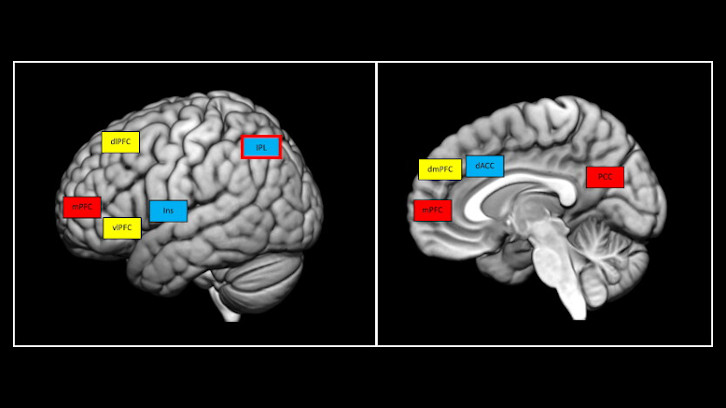New methodologies to improve the study of video game addiction

Researchers at UAB and IDIBELL have reviewed the information obtained so far using a new methodology to study which brain biomedical signals are involved in video game addiction. They have analyzed the alterations detect with the new procedure in three main connectivity systems of the brain and detail the effects of these disfunction at an affective, cognitive, and behavioral level.
Internet gaming disorder (IGD) has been described as a persistent pattern of internet gaming activity despite the severe physical and/or psychological related impairment. One current model proposed to explain the onset and progression of IGD is the “Interaction of Person-Affect-Cognition-Execution” (I-PACE), which sustain that this behavioral addiction (as well as other addictive responses), is the result of the multiple and complex interactions between the personal-individual core characteristics with other multiple contextual moderating and mediating factors. In the neurobiological area, the I-PACE model suggests that the IGD profiles are associated with an imbalance between the increase in incentive-oriented urges and the reduction in situation-specific inhibitory control over these urges This situation leads to incentive hypersensitivity among subjects with deficits in the reinforce-reward systems, and therefore to attentional biases, cue-reactivity and craving.
Neurological research focused on the I-PACE model as a way to explain addiction behaviors have used data-driven methodologies, such as Independent Component Analysis (ICA). This procedure belongs to the Blind-Source Separation methods, and it has been employed for the study of the biomedical signal processes in several brain areas. Among IGD patients, ICA have provided insight regarding specific biomarkers taking into account three main brain connectivity networks: default mode network (DMN), executive-control network (ECN) and the salience network (SN) A recently review study in which Professor Roser Granero (Department of Psychobiology and Methodology) has participated examined the insights into the neurobiology of IGD of studies using ICA.
The brain’s DMN encompasses systems located in different areas of the association cortex, such as the posterior cingulate cortex (PCC), the medial prefrontal cortex (MPFC) and the inferior parietal lobule (IPL). According to this model, individuals with IGD related problems may show less connectivity in these specific areas, which could be also showing an altered functional interaction with ventral-attentional processes. The consequences of these neurological disfunctions may be the impairing increase in incentive salience, attentional bias, and reduce cognitive control.
The brain’s ECN involves fronto-parietal regions comprising the dorsolateral prefrontal cortex, the ventrolateral prefrontal cortex and the posterior parietal cortex. Alterations in this system have been related to top-down cognitive-control functions (e.g. working memory and cognitive control), and behavioral profile characterized by lack of control and awareness in rule-based problem-solving and decision-making in goal-directed behaviors. ICA research among IGD individuals has identified altered functional connectivity in the ECN, with increased connectivity involving the middle temporal gyrus, superior temporal gyrus and middle frontal gyrus. These findings may explain the abnormal enhanced cognitive-control processing towards gaming-related cues, the propensity to retain memories of previous gaming experiences when exposed to internet-gaming cues, and even a very pleasant identification with the virtual world.
The SN comprises different brain’s areas, including the anterior insula, the dorsal anterior cingulate cortex and the frontoinsular cortex. Based on this netwok, ICA studies have observed that IGD is characterized by reduced functional connectivity between the dorsal anterior cingulate with other brain areas, a positive association between reward sensitivity and effective connectivity in the ventral striatum, and abnormal activation of the bilateral insula and the anterior cingulate cortex. These impairing performances may explain the difficulties in the information and management processing typical of patients with excessive gaming behavior.
As a conclusion of the review study, the DMN, ECN and SN that have used ICA have identified alterations in these three brain networks among IGD patients. These impairments should be involved in the development and maintenance of this complex mental disorder.
Roser Granero
Department of Psychobiology and Methodology
Universitat Autònoma de Barcelona
References
Mestre-Bach G, Granero R, Fernández-Aranda F, Jiménez-Murcia S, Potenza MN. (2023). Independent component analysis for internet gaming disorder. Dialogues in Clinical Neuroscience, 25(1), 14-23, doi: 10.1080/19585969.2023.2168135.


